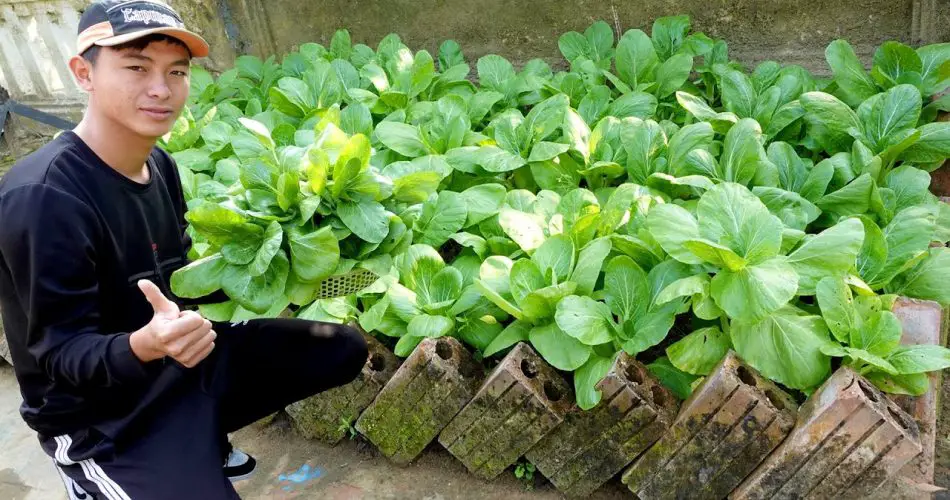It sounds like you’re interested in growing another super delicious and high-yield vegetable. One such vegetable that is both nutritious and productive is the bell pepper (Capsicum annuum). Here are some tips for growing bell peppers successfully:
1. Variety Selection:
- Choose a bell pepper variety that suits your taste preferences and growing conditions. Varieties come in different colors, including green, red, yellow, and orange.
2. Soil Preparation:
- Bell peppers prefer well-draining soil rich in organic matter. Amend the soil with compost to improve fertility and texture.
3. Planting Time:
- Start bell pepper seeds indoors about 8-10 weeks before the last expected frost. Transplant seedlings outdoors when the soil has warmed, and the risk of frost has passed.
4. Sunlight Requirements:
- Bell peppers thrive in full sunlight. Ensure they receive at least 6-8 hours of direct sunlight daily.
5. Spacing:
- Plant bell pepper seedlings about 18-24 inches apart in rows spaced 24-36 inches apart. Proper spacing allows for good air circulation and prevents overcrowding.
6. Watering:
- Keep the soil consistently moist, especially during the flowering and fruiting stages. Water at the base of the plants to avoid wetting the foliage.
7. Mulching:
- Apply a layer of mulch around the base of the bell pepper plants to conserve moisture, suppress weeds, and regulate soil temperature.
8. Fertilization:
- Fertilize bell peppers with a balanced, all-purpose fertilizer. Side-dress with additional fertilizer during the growing season if needed. Avoid excessive nitrogen, which can lead to excessive foliage growth.
9. Support for Heavy Fruits:
- Bell pepper plants may benefit from staking or providing support as the fruits develop to prevent the branches from bending under the weight of the peppers.
10. Pest Management: – Monitor for common pests such as aphids, spider mites, and hornworms. Use organic or chemical methods to manage pest issues. Inspect plants regularly for signs of diseases like bacterial spot or blossom end rot.
11. Harvesting: – Harvest bell peppers when they reach the desired size and color. Use sharp scissors or pruning shears to cut the peppers from the plant. Harvesting regularly encourages continuous fruit production.
12. Successive Planting: – Consider successive planting to extend the harvest period. Plant new bell pepper seedlings every few weeks.
13. Storage: – Store harvested bell peppers in the refrigerator for a longer shelf life. Bell peppers can also be frozen or preserved by pickling or canning.
Bell peppers are not only delicious and versatile in the kitchen, but they are also visually appealing with their vibrant colors. By following these tips, you can enjoy a bountiful harvest of bell peppers that are sure to be a hit in your kitchen and contribute to a healthy diet.



